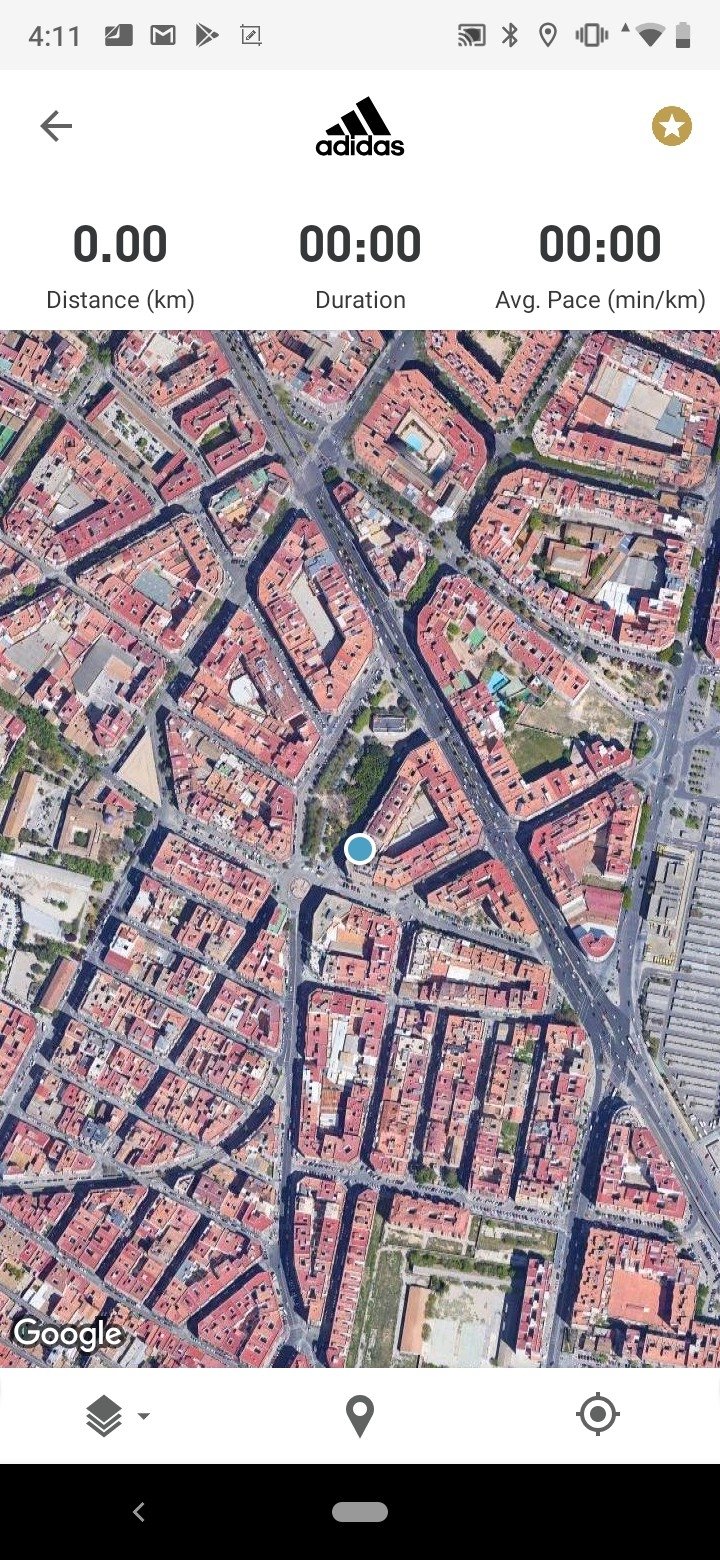

This strategic shift transformed Runtastic’s infrastructure needs. In 2019, the business decided to focus on delivering just 2 apps-adidas Running and adidas Training. Real-time connectivity was what users wanted. Soon, mobile internet became sufficiently widespread for the company to move away from multiple apps that logged data then uploaded it from a user’s fitness tracker after a session.

It also gave the business an opportunity to evaluate the product offerings, operations, and infrastructure it had built over the previous 6 years. The acquisition boosted Runtastic’s profile globally. In 2015, Runtastic was acquired by international fitness brand adidas. Scaling to Support Real-Time Services for Popular Apps We saw that this sort of hybrid approach made sense, so Runtastic started using AWS early on.” “As a startup, we were always looking for the best value. “We were operating a lot of things on premises, but it made sense to use Amazon CloudFront and Amazon S3 for asset delivery,” says Damm. That expanded to 30 different fitness apps, including ones for running, biking, and nutritional tracking. Runtastic started with a website and mobile apps tailored for running and other outdoor pursuits, using GPS to track activity. The company realized that using Amazon CloudFront, a content delivery network (CDN) service, and Amazon Simple Storage Service (Amazon S3), a scalable object storage service, would be a better solution than trying to run everything on-premises.Īs the firm grew, its offerings and infrastructure developed. The need for greater scalability and performance, right-sizing its infrastructure, and freeing staff from routine admin and maintenance work led Runtastic to migrate to AWS from an on-premises infrastructure. “Unfortunately, it was time-consuming and took highly skilled staff away from work that added more value.” “We developed a lot of expertise in managing our own infrastructure,” says Armin Deliomini, head of infrastructure at Runtastic. The company was proud of its talent but optimizing the use of that talent became a problem. Out of 280 staff, 140 report to chief technology officer (CTO) Stefan Damm. Runtastic has a rich and deep pool of technical talent.


 0 kommentar(er)
0 kommentar(er)
